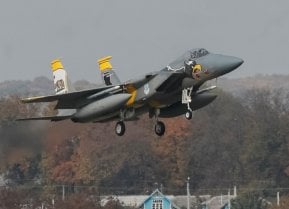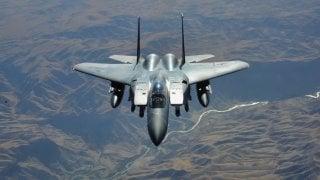The F-15 Might Be the Greatest Fighter Jet Ever
The F-15 Eagle, developed in the late 1960s in response to the Vietnam War, remains one of the greatest fighter jets in modern combat aviation. With its twin-engine design, innovative avionics, and look-down/shoot-down radar capabilities, the F-15 set new standards for air superiority.
Summary and Key Points: The F-15 Eagle, developed in the late 1960s in response to the Vietnam War, remains one of the greatest fighter jets in modern combat aviation.
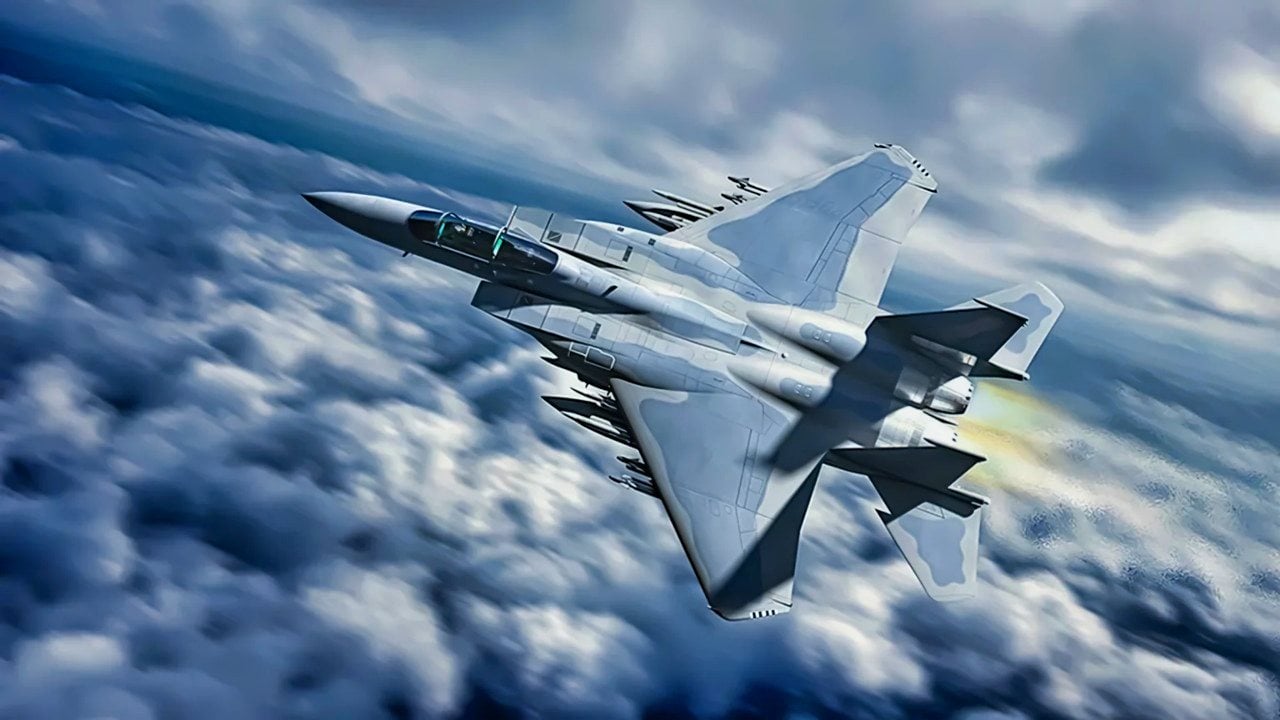
-With its twin-engine design, innovative avionics, and look-down/shoot-down radar capabilities, the F-15 set new standards for air superiority.
-Since its debut in 1976, the aircraft has shown unmatched performance, including a flawless record during Desert Storm in 1991. The Air Force continues to enhance the F-15 through the Advanced Eagle Program, extending its operational life with advanced sensors, avionics, and weapons.
-The F-15 is poised to remain in service well into the 2040s.
The F-15 is One of the Greatest Planes Ever
America’s F-15 Eagle project began in the late 1960s as a response to the experiences of the Vietnam War, where U.S. warplanes such as the F-4 Phantom II were challenged by agile Soviet-built MiGs and a coterie of sophisticated Soviet-built anti-aircraft defenses.
The Air Force knew it needed a new generation of warplanes to better compete with the Soviets. The F-15 air superiority fighter was the result of the quest. It possessed advanced avionics, greater speed, and better maneuverability than the F-4 Phantom.
In fact, the F-15 is one of modern combat aviation’s greatest technological achievements. Its design is unique and set the precedent for all future combat aircraft in America’s arsenal. The F-15 today continues to dominate the unfriendly skies over some of the world’s most dangerous combat zones.
Important Features
One of the F-15’s most important features is its simplicity. The F-15 was meant to have pilot-friendly controls and the simplest systems possible. The Air Force ensured their fourth-generation warplane was user-friendly and relatively cheap to maintain. The Air Force created a plane that would always be combat-ready.
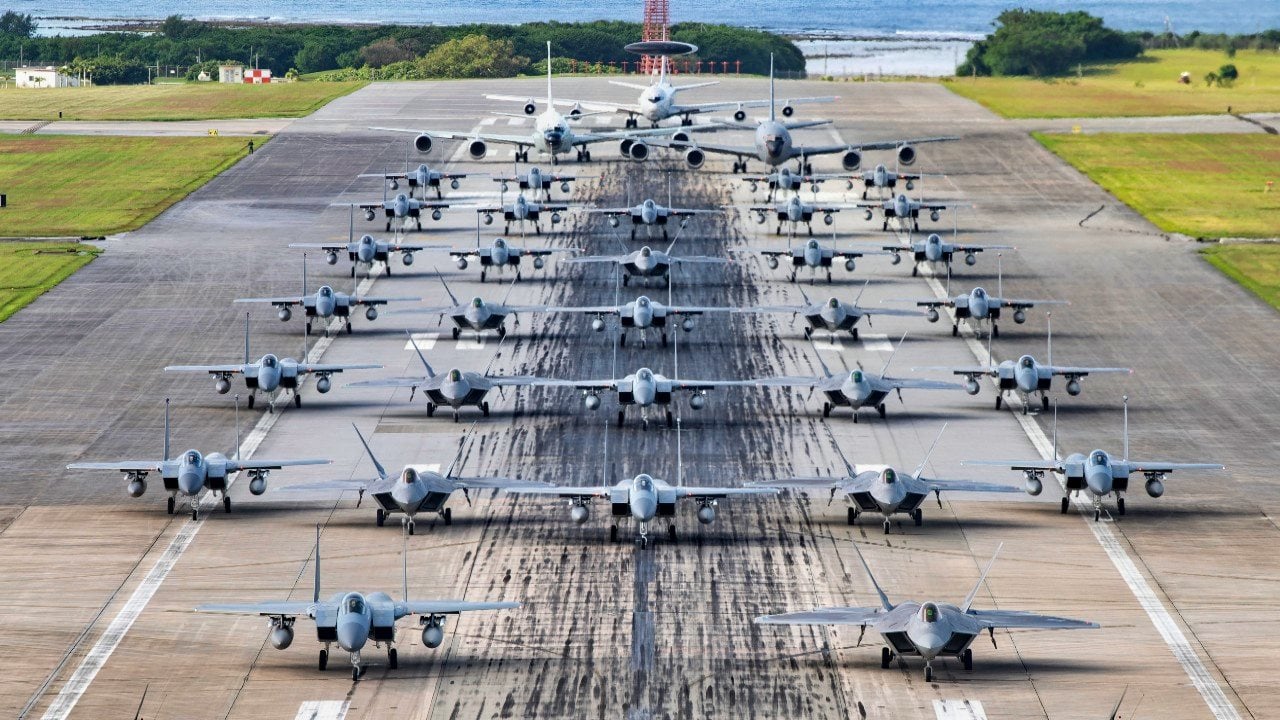
The F-15 incorporated a twin-engine design utilizing potent Pratt & Whitney F100-PW-100 turbofan engines. An F-15 Eagle’s thrust-to-weight ratio is extraordinary, thanks to these incredible engines. What this means is that the F-15 enjoys superior acceleration, climb rate, and top speed.
This plane involved some highly innovative technologies to support its operations. These systems included the APG-63 radar, which provided look-down/shoot-down capability. The radar capability of this bird allowed for it to dominate most of its Soviet rivals and sent shivers down the spines of many Red war planners. That’s because the look-down/shoot-down capability gave significant advantages to the F-15 for engaging low-flying targets over land or water without ground clutter interference.
The F-15 featured a blended wing-body design with fixed leading-edge wing root extensions. When the F-15 was engaged in a dogfight, for instance, the design ensured high maneuverability and an effective high angle of attack against foreign planes.
The F-15 comes with an internal M61 Vulcan 20 mm Gatling gun. These warbirds can carry an assortment of air-to-air missiles, such as the AIM-7 Sparrow and AIM-9 Sidewinder. The avionics package was state of the art, too. The integrated radar, infrared search and track, and eventually datalinks for better situational awareness all ensured excellence.
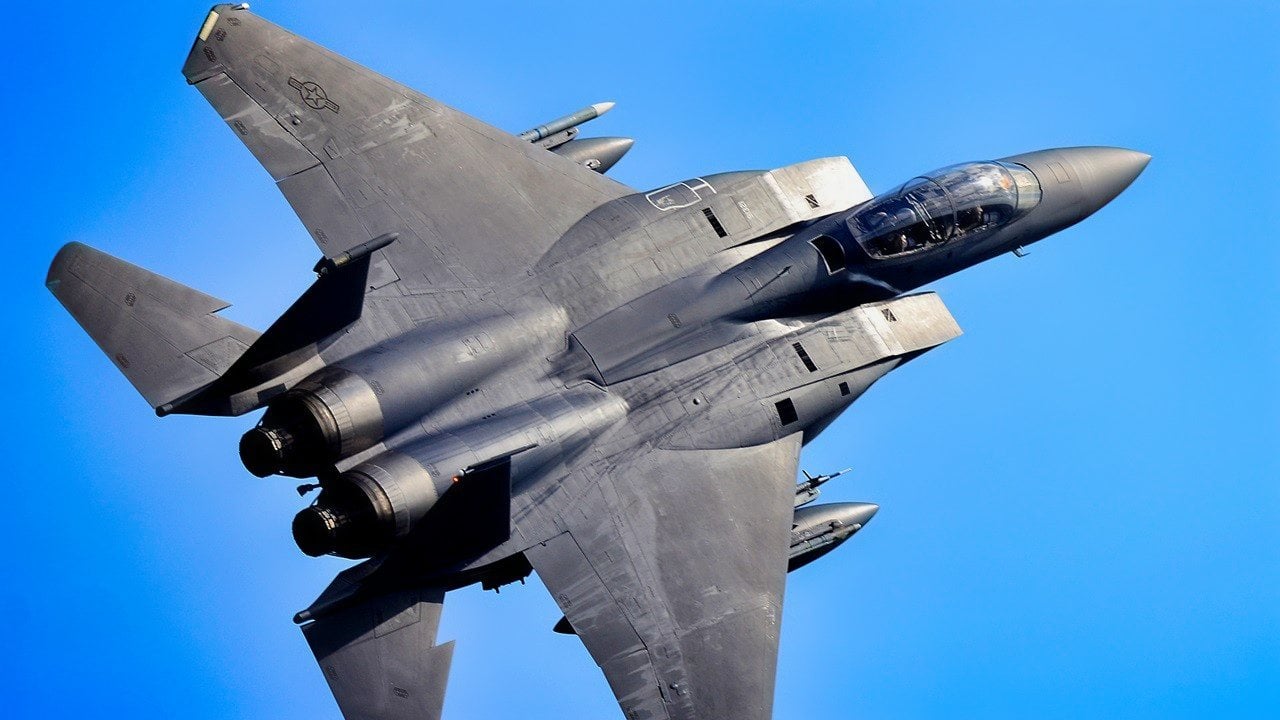
After years of perfecting this innovative design, the Air Force finally launched the plane in 1976. Its combat debut, however, did not come until 1991 in Desert Storm. In that war, it demonstrated an incredible air dominance capability, scoring numerous victories with zero losses to enemy aircraft.
A Problem with the Bureaucrats
The Air Force loves the F-15, and the bird has been in service for decades. To keep it relevant, there have been multiple upgrades of the bird, each with its own unique mission set. The F-15C/D is used exclusively for air superiority. Then there’s the F-15E Strike Eagle, which is used for multi-role operations and deep-strike missions with precision munitions.
But the Air Force isn’t done with the 40-year-old bird just yet. There’s an ongoing plan to upgrade the F-15s called the “Advanced Eagle Program” (AEP). The F-15EX is the attempt to extend the F-15’s over service life well into the 2040s by giving it advanced avionics, sensors, and weapons integration.
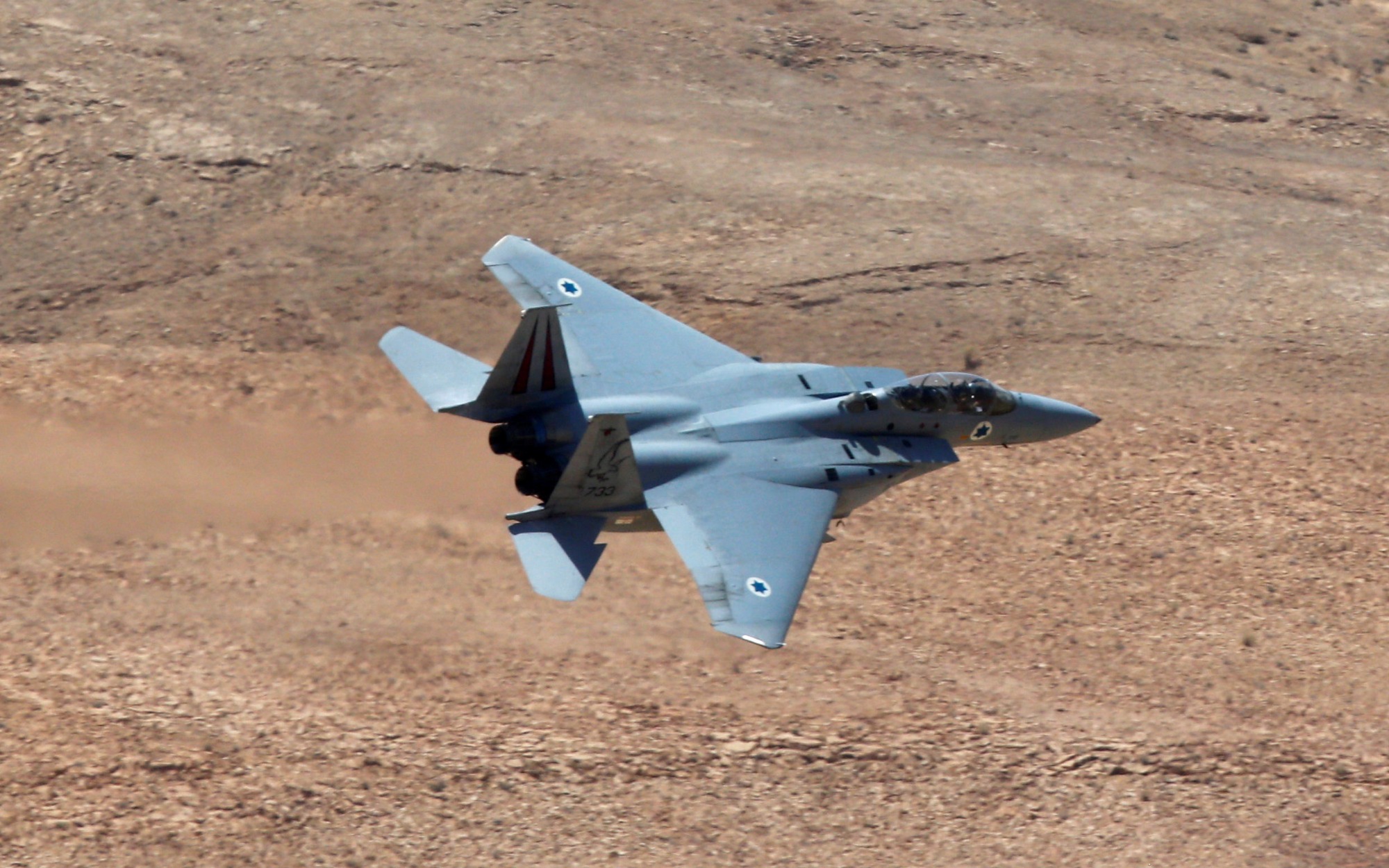
This is one of the greatest fighters in the world and will continue flying for decades to come.
Author Experience and Expertise: Brandon J. Weichert
Brandon J. Weichert, a National Interest national security analyst, is a former Congressional staffer and geopolitical analyst who is a contributor at The Washington Times, the Asia Times, and The-Pipeline. He is the author of Winning Space: How America Remains a Superpower, Biohacked: China’s Race to Control Life, and The Shadow War: Iran’s Quest for Supremacy. His next book, A Disaster of Our Own Making: How the West Lost Ukraine, is due October 22 from Encounter Books. Weichert can be followed via Twitter @WeTheBrandon.
All images are Creative Commons or Shutterstock.
From the Vault
Russia Freaked Out: Why the U.S. Navy 'Unretired' the Iowa-Class Battleships
Battleship vs. Battlecruiser: Iowa-Class vs. Russia's Kirov-Class (Who Wins?)
